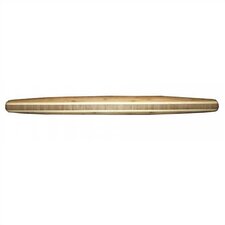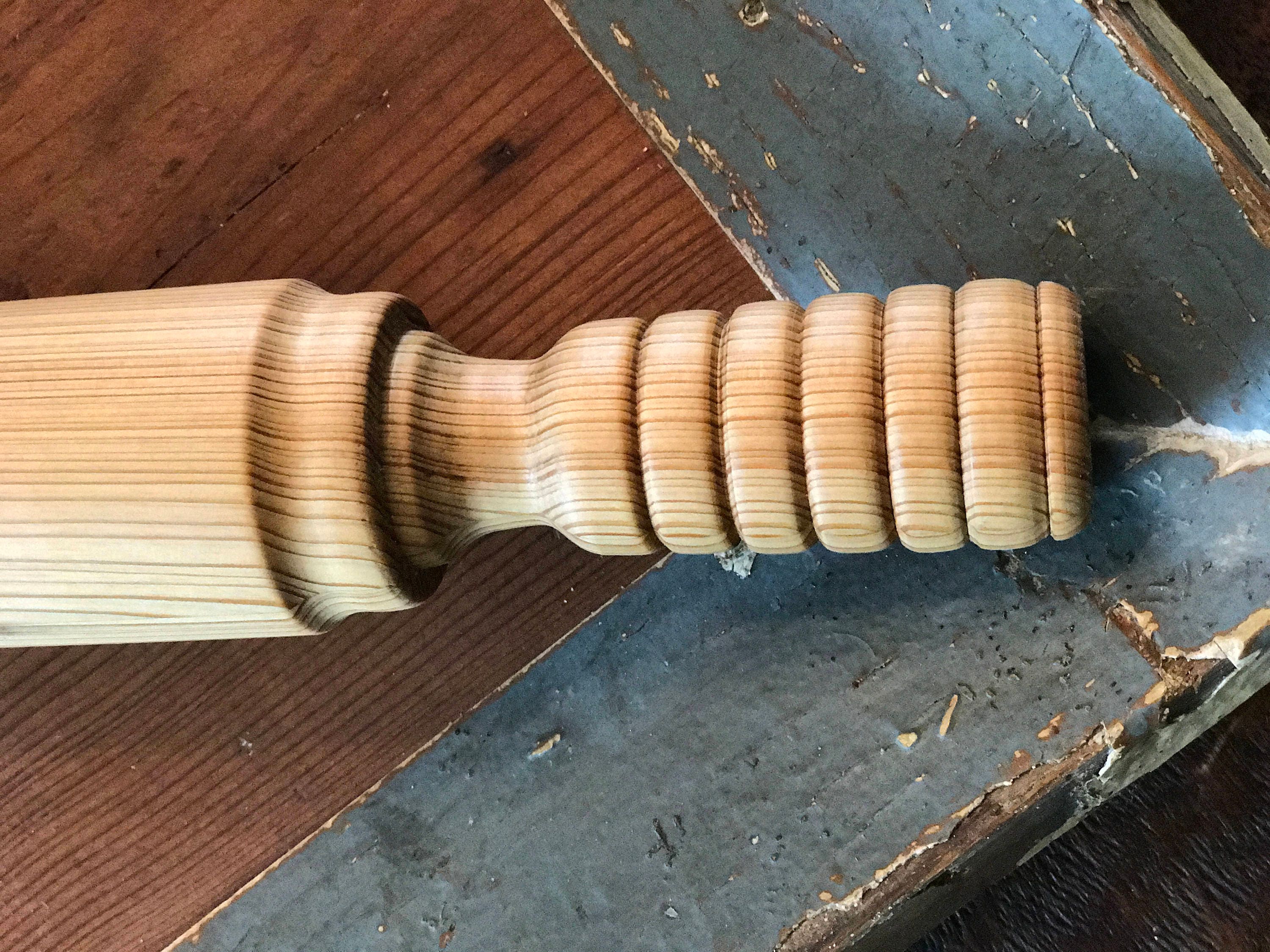

It is absolutely true that there are other pins that are much longer.įor example, the J.K. It’s also one of the cheapest.Įven so, I should warn you right from the beginning that some people have complained that it’s a bit small. It’s my first recommendation for the best rolling pin for pizza dough. Muso Wood French Rolling Pin – Overall Best for Pizza Dough Just take into account the weight of the toppings, you can’t add a heavy load of toppings on a really thin crust. It will give you the best and fastest approach to getting that crust as thin as you want. If you are in the habit of making very thin crust pizzas, which are my absolute favorite, I definitely recommend getting the best rolling pin for pizza dough. Why I Prefer Using a Pin for Stretching Dough.
Rolling pins how to#

I think of the skinny pin as the racecar-rather than the Mack truck-of rolling pins. It’s light enough so that I have to press, rather than letting the weight of the pin do the work-and, contrary to what you might have been taught or read, this can actually make it easier to roll evenly and avoid creating cracks at the edges of chilled pie pastry, or edges that are too thin. I like the way the skinny pin keeps my hands closer to the dough and more apt to detect and correct unevenness. My batches are small-mostly cookies and some pie crusts in home-cooking-sized batches.
Rolling pins professional#
I don’t work in a professional kitchen anymore, so I don’t roll massive quantities of dough. I’ve tried to think about why this is so. I find myself reaching for the skinny cracker-making pin more often than any of the others (which is why I am embarrassed that I don’t remember its provenance).

What French Rolling Pins & Ferraris Have in Common Does your piecrust really need to be run over by a truck? Tapered pins work perfectly for people who were brought up using them otherwise, they are tricky to get started on. Some of the pins sold for home use are heavier than they need to be as well. "Professional” rolling pins are meant for heavy work, huge doughs, and big, strong bakers. Rolling dough is effortless and intuitive for someone used to doing it, but surprisingly hard for a new cook to learn, or an occasional baker to do confidently. All but the heavy professional pin (in my basement now) live in the crock by my stove, where I enjoy looking at them. And I have a skinny little pin-only 13 inches long and less than an inch in diameter-a souvenir from a country I cannot remember, where it was used to make crackers or flatbreads. I have a very heavy, professional pin, with ball bearing in the handles, left over from my bakery. I also have a gorgeous and silky smooth straight pin made from a combination of walnut and ash, handcrafted by a woodworker friend. My younger brother has the twin-he makes more pies than I do. She got two identical pins from her mother, who got them from hers. I have a tapered pin, made of maple, that my mother used to make her apple pies-when she made actual pies with crusts instead of apple crisps.


 0 kommentar(er)
0 kommentar(er)
